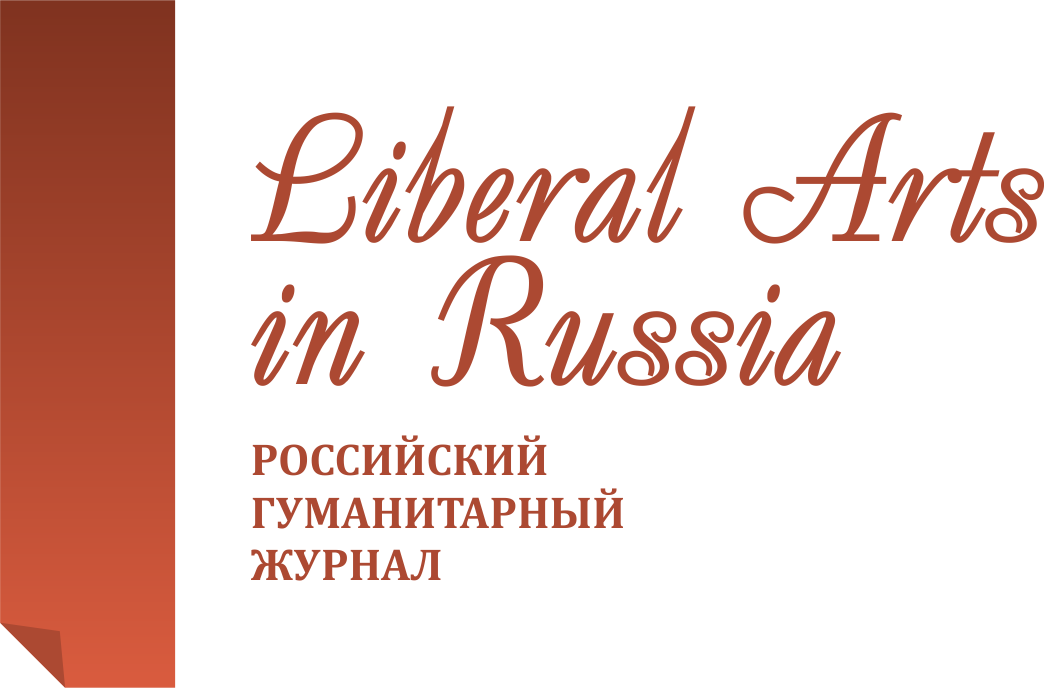Specificity of sensorimotor integration in preschoolers attending and not attending additional classes
Liberal Arts in Russia. 2017. Vol. 6. No. 3. Pp. 223-229.
Get the full text (Russian) Email: klemtina@yandex.ru Abstract
The work is an attempt to assess individual capabilities of children to predict a sensor flow structure and to identify the parameters that contribute to an effective formation of a child’s mental picture of the external environment. For this experiment, a method has been developed, in which fractal stream of signals has a structure, where the same signals flow is repeated twice. The subjects were children 5-7-year-old (91). They made up three groups: children attending a kindergarten, a group of early development center, and a group of children with speech problems. It is shown that for preschoolers it is difficult to perform tasks involving inhibitory processes (complex sensorimotor reaction) due to immaturity of the frontal lobes of their brains. Despite the fact that the children with speech problem have physiological characteristics that impair overall learning, they are more efficient and more resilient performing learned cognitive tasks (in this case, the simple and complex sensorimotor reactions). The ability to predict the fractal structure of the sensory stream by 5-7-year-old children depends both of their physiological capabilities and the special work of the adult (in this study, speech therapists and psychologists), aimed at the development of individual-psychological characteristics of the child.
Keywords
- • sensorimotor integration
- • prediction
- • sensory input
- • preschoolers
References
- Vergunov E. G., Nikolaeva E. I. Vestnik psikhofiziologii. 2014. No. 1. Pp. 74-82.
- Il'in E. P. Psikhomotornaya organizatsiya cheloveka [Psychomotor organization of human]. Saint Petersburg: Piter, 2003.
- Merenkova V. S. Psikhologiya obrazovaniya v polikul'turnom prostranstve. 2015. No. 29. Pp. 62-69.
- Nikolaeva E. I., Burkova S. A., Kaznacheeva N. B. Liberal Arts in Russia. 2016. Vol. 5. No. 5. Pp. 474-487.
- Nikolaeva E. I., El'nikova O. E. Uchenye zapiski Zabaikal'skogo gosudarstvennogo universiteta. Seriya: Pedagogika i psikhologiya. 2016. Vol. 11. No. 2. Pp. 154-162.
- Nikolaeva E. I., Novikova A. V. Aktual'nye problemy psikhologicheskogo znaniya. 2014. No. 3(32). Pp. 47-52.
- Beaulieu A. Theory & Psychology. 2003. Vol. 13(4). Pp. 561-568.
- Deary I. J. Intelligence. Annu. Rev. Psychol. 2012. Vol. 63. Pp. 453-482.
- Pascual-Leone A., Amedi A., Fregni F., Merabet L. B. Annu. Rev. Neurosci. 2005. Vol. 28. Pp. 377-401.
- Pitts-Taylor V. Health (London). 2010. Vol. 14. Pp. 635.
